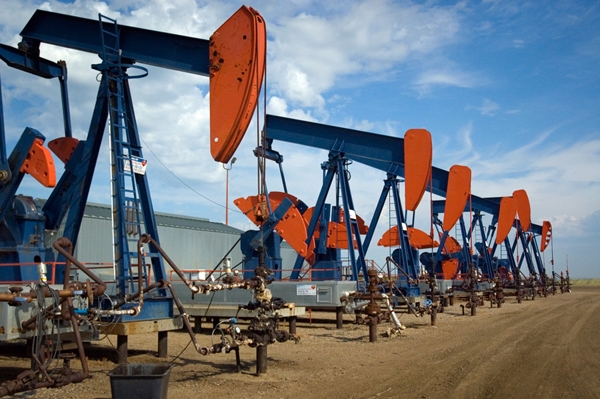Canada’s Husky Energy Swings To Loss, Cuts 1400 Jobs
The company said it had cut about 1,400 jobs, or about 17 per cent of workforce, this year through the end of the third quarter ended September 30.
The company will also start paying its dividend in stock and consider selling assets in Western Canada.
Spokesman Mel Duvall confirmed later that the cuts included about 280 employees, most stationed in Calgary, and about 1,100 contractors. “We are fortifying the business for today and for the long term”.
“The downturn has turned out to be more severe and more protracted than even our very conservative assumptions”, Husky chief executive Asim Ghosh said on an earnings call.
Husky, based in Calgary, posted a loss of C$4.09 billion ($3.11 billion) in the third quarter, compared with a profit of C$571 million in the same period past year, after taking charges and impairments including a writedown in the value of oil and gas assets in Western Canada due to a lower long-term price outlook.
Husky recorded an adjusted net loss of $101 million in the third quarter, which doesn’t include charges for impairments and write downs.
With oil prices down nearly 60 percent since June a year ago, Husky and peers Cenovus Energy Inc and MEG Energy Corp have cut capital spending and other costs, even as they boost production in the high-cost Canadian oil sands.
It has also chose to make its January 2016 dividend payment in common shares rather than cash. The dividend rate will continue to be 30 cents per share.
On the possibility of a carbon tax, Ghosh said that he could support an across-the-board carbon tax if the will was there, but that Canada or Alberta as a jurisdiction cannot be disadvantaged.
The company’s total production fell 2.3% to 333,000 barrels of oil equivalent per day (boe/d) in the third quarter, while refinery and upgrader throughput fell 13% to 291,000 barrels per day.
“It would be politically suicidal for us to do a mea culpa and hang our neck out in a way that disadvantages the industry here”, Ghosh said.








